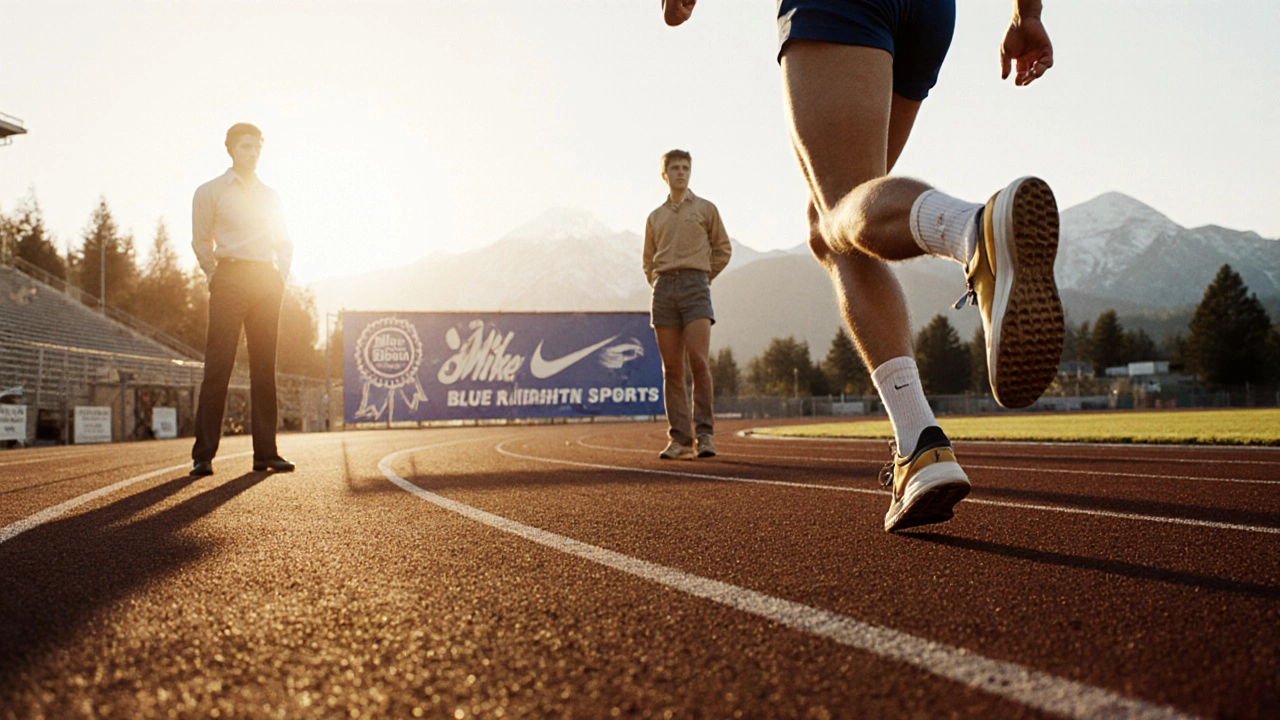
Biggest Sports Equipment Company: What It Means for Athletes
When talking about the biggest sports equipment company, the global leader that designs, manufactures, and distributes the most popular athletic products. Also known as the top sports brand, it shapes how we train, compete, and recover. Biggest sports equipment company isn’t just a name on a logo – it sets the standards for quality, innovation, and accessibility across every sport. This central role connects directly to the gear you wear, the safety measures you depend on, and the performance gains you chase.
Why Sports Gear from the Market Leader Matters
The first thing you’ll notice from the sports gear, the range of shoes, apparel, and equipment that athletes use daily is its impact on comfort and efficiency. The biggest sports equipment company invests heavily in research, so its gear often features advanced cushioning, moisture‑wicking fabrics, and ergonomic designs. This gear enhances performance – a clear semantic triple: sports gear enhances performance. When you lace up a pair of their running shoes, you’re not just getting a product; you’re tapping into years of biomechanical testing that can shave seconds off your pace. The company’s commitment to performance creates a feedback loop: better gear fuels better results, which in turn drives demand for even smarter technology.
Beyond the basics, the company’s equipment line includes specialized items like compression wear, protective pads, and sport‑specific tools. These pieces require proper fit and material integrity, another semantic link: sports gear requires proper fit. Because the biggest player in the market can mass‑produce while maintaining strict quality controls, athletes of all levels gain access to professional‑grade tools without breaking the bank. That accessibility bridges the gap between elite and grassroots sports, making high‑level performance possible for anyone willing to train.
Another major entity tied to this ecosystem is injury prevention, the practices and equipment designed to reduce the risk of sports‑related injuries. The biggest sports equipment company builds its brand on keeping athletes safe. Its helmets, joint supports, and footwear all incorporate impact‑absorbing materials and biomechanical research. This creates a direct relationship: injury prevention relies on proper equipment. When a runner wears shoes with adequate heel cushioning and stability, the likelihood of stress fractures drops dramatically. Similarly, a football player using a well‑engineered shoulder pad benefits from distributed force, lowering concussion risk. The company’s dedication to safety also fuels its marketing narrative – safer gear means longer careers, which translates to brand loyalty.
Safety doesn’t stop at the product level. The biggest sports equipment company often partners with sports science institutes to develop training programs and recovery guidelines. These collaborations turn raw data into actionable tips for athletes, reinforcing the semantic connection: injury prevention influences performance. By following the company’s recommended warm‑up routines, stretching protocols, and recovery strategies, users see fewer setbacks and more consistent progress.
Finally, the concept of athletic equipment, the broader category that includes everything from dumbbells to high‑tech wearables rounds out the picture. The biggest sports equipment company drives innovation across this entire spectrum. Their R&D labs prototype smart basketballs with embedded sensors, develop GPS‑enabled training shoes, and refine carbon‑fiber tennis rackets that boost swing speed. This innovation loop creates another semantic triple: athletic equipment drives innovation. When new tech hits the market, it often trickles down to everyday products, raising the overall standard for the entire industry.
In practice, this means that whether you’re a weekend jogger, a college rugby player, or a professional tennis star, the equipment you choose is likely influenced by the standards set by the biggest sports equipment company. Their focus on performance, safety, and cutting‑edge technology creates a unified ecosystem where each element supports the others. The result is a more efficient, safer, and enjoyable sporting experience for everyone.
Below you’ll find a curated selection of our latest articles that dig deeper into how gear choices affect marathon training, injury‑prevention strategies for rugby, the science behind calorie‑burning workouts, and more. Each piece reflects the themes outlined here – from performance‑boosting equipment to safety‑first approaches – giving you practical insights you can apply right now.
